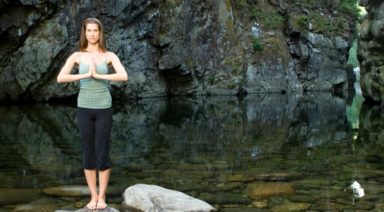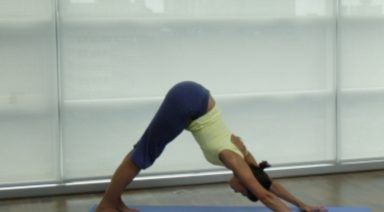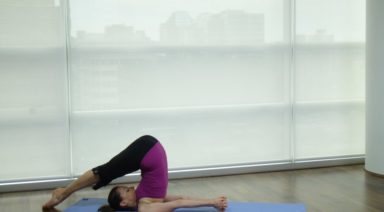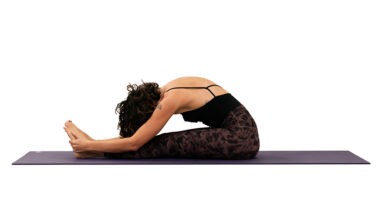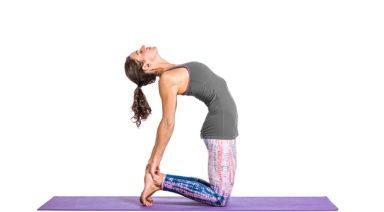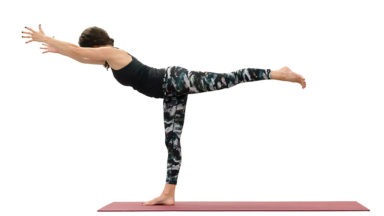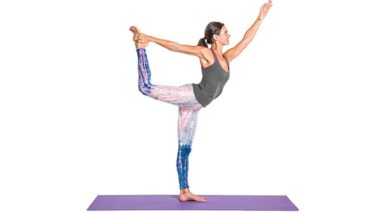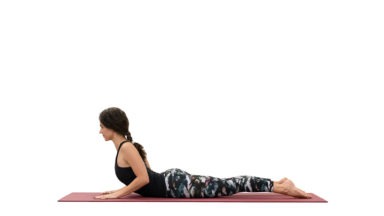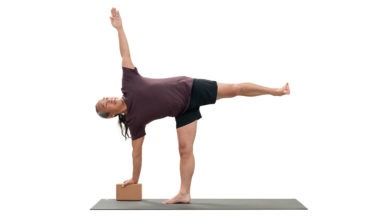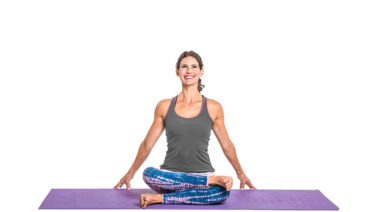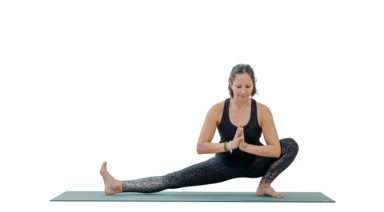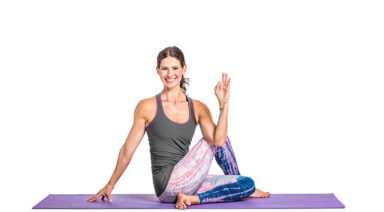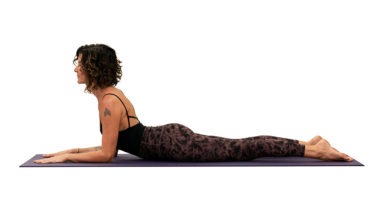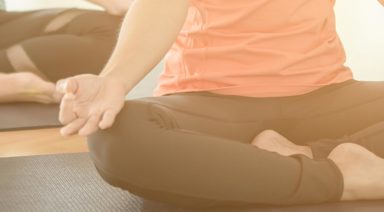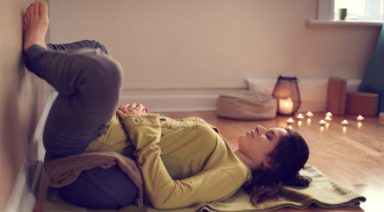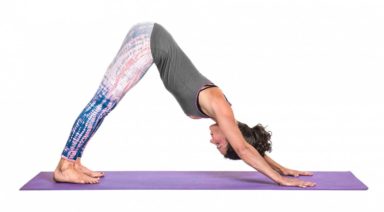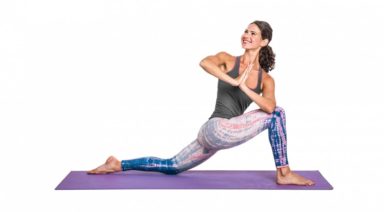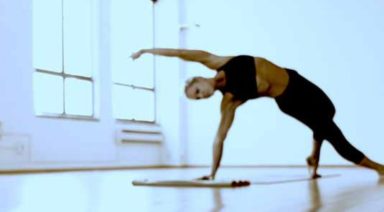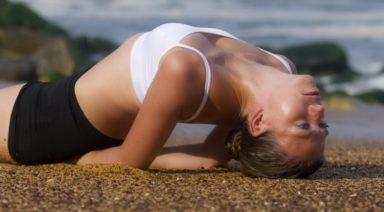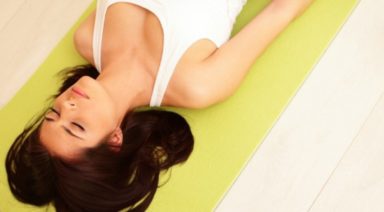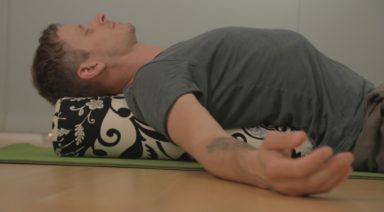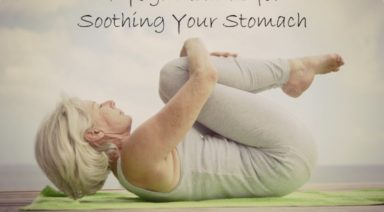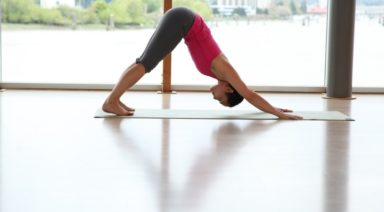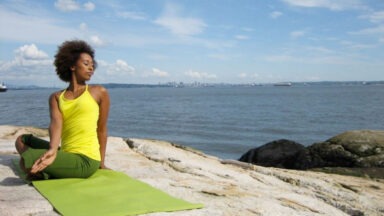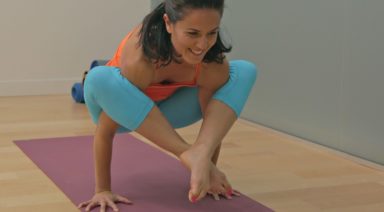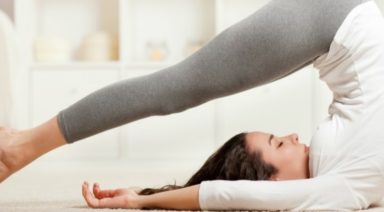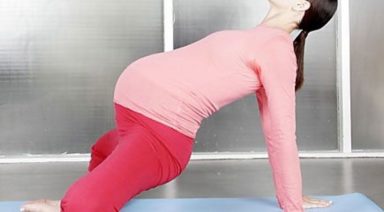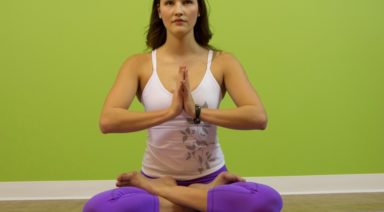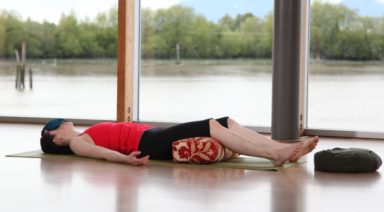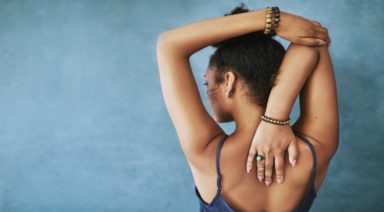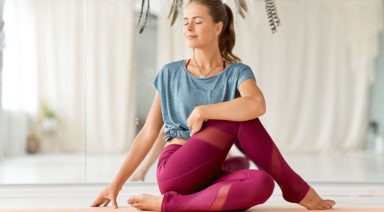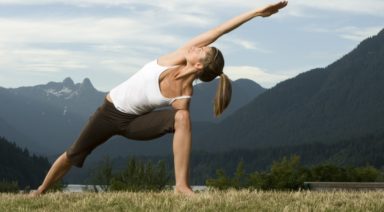Addressing Our Scapular Stabilizers
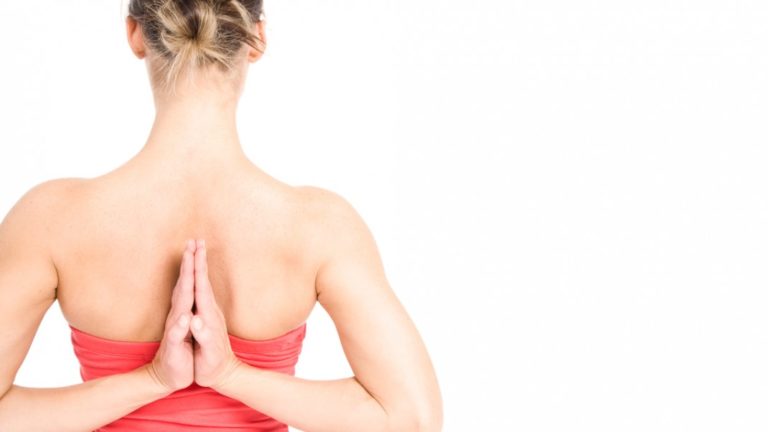
Developing Our Scapular Stabilizers to Prevent Shoulder Injury.
What constitutes a shoulder joint that is prone to injury? Could it be weak rotator cuff musculature? Maybe it is joint laxity and instability? What about capsular restrictions or the work we do on a regular basis? Or, is it possible that weak scapular stabilizers could play a role in shoulder injury?
The answer is, all of the above reasons could contribute as the cause of a shoulder injury. Although shoulder injuries are often complex, many do happen to be related to one common problem: weak muscles that support the shoulder blades, otherwise known as scapular stabilizers.
The scapula (shoulder blade) is a very involved structure of the body. Not only does this bone articulate with the humerus (upper arm bone) and clavicle (collar bone), it is also the attachment site for many muscles in the shoulder itself, as well as the back, the chest, the arm, and even the neck. It is therefore easy to comprehend how a weakness in this area could affect many others in the body.
The muscles that attach on the medial (inside) aspect of the scapula are the key muscles for scapular stabilization. These include the middle trapezius and lower trapezius, rhomboid major, and rhomboid minor, and serratus anterior. The middle trapezius and rhomboid muscles function to retract the scapula. Scapular retraction is the action of squeezing your shoulder blades together. The lower trapezius takes care of scapular depression which is drawing the scapula down the thorax. The task of serratus anterior is to hold the scapula’s medial border tight to the thorax.
Many of these weaknesses are actually observable. When the lower trapezius muscle is weak, a flaring of the lower scapula exists. When the serratus anterior is weak, the medial border of the scapula flares. Weakness of the middle trapezius and rhomboid muscles contributes to a separation of the scapulae, also known as protraction.
It is therefore the job of these muscles to hold the scapulae tight to the thorax. If the scapulae are not held firmly by strong muscles, they are left free to flare and flop with arm movements. Without stability at the scapula, how is it possible for the glenohumeral joint (shoulder joint) to remain stable? It isn’t.
Scapular instability leaves the glenohumeral joint (GH joint) at risk of injury as the GH joint requires both strength and endurance of scapular stabilizers for it to be protected. The stability of the GH joint cannot come from the humerus since the arm does not have anything to stabilize from; it has no anchors. However, the scapula attaches to the axial skeleton of the body (a fantastic anchor) and therefore can generate stability from the thorax. Strong scapular stabilizers have been proven to defend the GH joint from injury.
Once these weaknesses are identified via observation of functional movements and muscle testing, exercises must be incorporated into one’s daily schedule in order to prevent or rehabilitate shoulder injuries. Many of the exercises used to target such muscles are very intricate in their movement patterns and look fairly easy. Often, the first time patients see these exercises performed, they expect them to feel simple. However, as soon as they attempt one repetition themselves, they recognize how weak their stabilizers actually are and appreciate the need for such training.
Typical yoga posture focuses heavily on scapular retraction and depression. Yoga brings these movements into everyday life. If you meet a yogi, their scapulae will be retracted and depressed. Their shoulders will not be around their ears like the rest of the population who carry their tension in their upper trapezius muscles and levator scapulae. Simply applying these two movements to your daily activities will prove beneficial. However, to truly protect the GH joint from injury, more intensive exercise is required.
Yoga, single-handedly, can not target each of the scapular stabilizers appropriately, unless modifications are made to poses or practices. For example, by the addition of scapular protraction to plank pose, the serratus anterior muscle could be optimally targeted. Many of the movements designed to pursue the scapular stabilizers are very specific. Feedback from a health care professional or yoga instructor is ideal when attempting to understand these movements.
Bring attention to these muscles in your back. The benefits you will gain from strengthening these muscles are plentiful. Whether you are a parent who is constantly picking up children, a housewife who places the dishes in the top cupboard, or an athlete who is involved in sports with overhead movements such as tennis, volleyball, or climbing, scapular stabilization is essential in preventing shoulder injuries.
Yoga Anatomy: Avoid Hand and Wrist Injuries
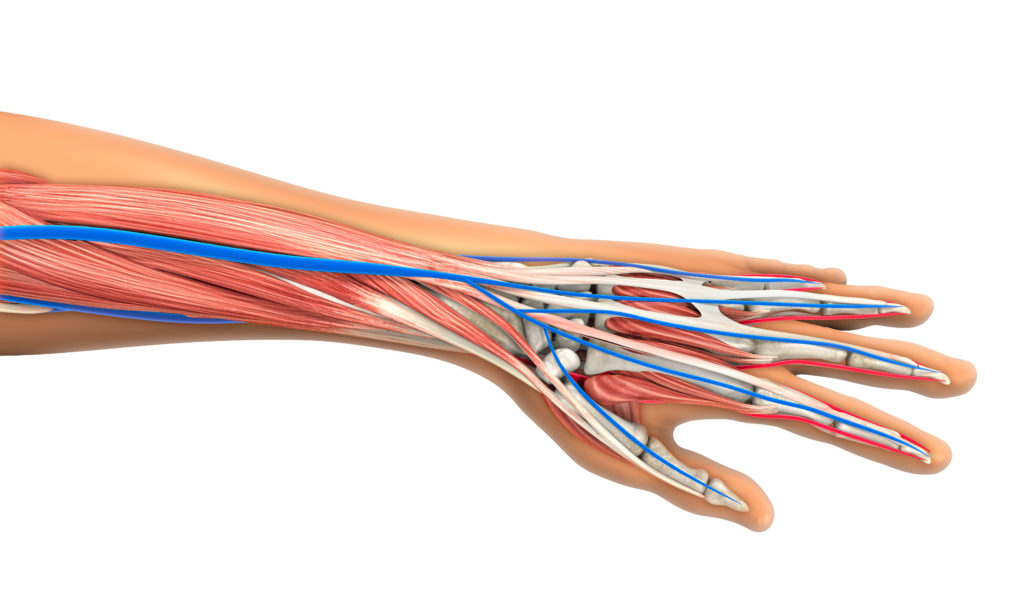
Think of the number of times your hands and wrists are connected to the earth and carry your weight in a typical Hatha Yoga practice. Like our feet, our hands frequently become a crucial foundation from which our postures build and express themselves. Sustaining mindful engagement of our hands will support a life-long practice that is free of negative stress conditions and injuries to the wrist. Let’s look at some anatomical aspects to give us empowerment and motivation to explore our unique positioning and engagement of the hands and wrists.
The wrists are formed by our 2 forearm bones (the radius and ulna). They meet dat the wrist joint where there is cluster of small bones (carpal bones). The carpal bones connect with 5 long bones (metacarpal bones) that make up the palm of the hand. From there, the metacarpal bones connect to the bones of the fingers (phalanges). The carpal bones form a tunnel through which tendons and nerve tissue pass to service the hand and fingers. One primary focus of hand engagement is to avoid collapsing into this tunnel and keeping excessive pressure from cascading into that track of muscle and nerve tissue.
One primary focus of hand engagement is to avoid collapsing into this tunnel and keeping excessive pressure from cascading into that track of muscle and nerve tissue.
Another key structural area to consider is the joint connection between the ulna and the carpal bones. If you turn your hand open (supination of the forearm and wrist), your ulna is the inside forearm bone (medial side). Unlike the radius (lateral or thumb side) that has a direct joint connection to the carpal bones, the ulna has indirect joint connection. Instead, there is a piece of fibrocartilage (designed to absorb stress forces) between the ulna and carpal bones along with a network of supporting ligaments – this area is called the Triangular Fibrocartilage Complex. When we look at the overall differences in joint connection, the radius also has a larger joint surface compared to the ulna. This gives indication that most people are best served to deliver a greater proportion of their force and energy through the radial side of the wrist than through the ulnar side.




